 Good question!
Good question!Meaning, of course, what were the changes in the liturgy.
What did they take away from us in the name of progress, liberalism and the modern age?
What did they steal away from our most sacred heritage, our birthright given to us by the Holy Spirit?
Well, here is a preliminary list, for starters, some of which are such ancient ceremonies that none but a serial vandal would dream of trashing them.
Rogation Days and the Litanies
Ember Days
The feasts of:
- The Finding of the True Cross
- St Peter in Chains
- St John before the Latin Gate
- The Apparition of St Michael the Archangel at Monte Gargano
- St Christopher
- St Philomena
- The Translation of the Holy House of Loreto
- The Most Precious Blood
- The Solemnity of St Joseph
- The removal of the ancient Feast of St Philip and St James on 1 May to make way for the entirely novel Feast of St Joseph the Workman which was introduced as a sop to the Leftist Trade Unionists
- The removal of the Imperial prayers for the Holy Roman Emperor on Good Friday and at the Easter Saturday Vigil (later replaced by prayers for the "moderators of republics" to reflect Bugnini's anti-monarchial political views)
But above all...
...the most ancient services in all Christendom were savagely slashed, namely, the ceremonies of the Sacred Triduum.
That was a most disgraceful act of cultural and religious barbarity.
Yet that is what the infamous Archbishop Annibale Bugnini did in 1955 behind the back of Pope Pius XII.
 St John before the Latin Gate,
St John before the Latin Gate,a feast commemorating the miraculous preservation of St John from harm when he was ordered to be boiled in oil outside the city gate
Finally, in the "reforms" after the Second Vatican Council, Bugnini effectively abolished the normative form of the liturgy, the High Mass.
There are simply no rubrics in the Novus Ordo Missae for the High Mass.
Yes, fact.
With a wave of his palsied hand the frightful Bugnini simply did away with the form of the Mass that had been the norm for 2,000 years.
 Solemn High Mass
Solemn High Masswas always the normative form for all masses whether in a Parish Church or a Cathedral, NOT Low Mass.
Attempts are made to retain some form of the High Mass but the fact remains that there are no official rubrics for it.
All rites but the Roman rite retain the High Mass now, especially in the East where the Low Mass is simply unknown.
And they in the East look at us in the Roman rite and wonder in amazement at our naked, brazen impiety in daring to smash up the most ancient rites and services known to the Christian Church.
And yet still there are people who ask "what changes?".
Yes, they ask that, poor chumps, in their woefully deep ignorance of their own traditions of prayer in their own Church.
To such a low pass have we come.
God have mercy on us for our careless impiety.
But it is not entirely new...
In the 16th century the impious and murderous heretic, Thomas Cranmer, ordered that the same process of spiritual destruction be carried out on the Sarum rite leading to the Prayer Book Rebellion of 1549 which was put down by mercenaries and savage reprisals.
The Men of Devon, Cornwall and Wales came out to defend the ancient rites of the Catholic Church and this was their Manifesto:
We will have the Mass in Latin as before.
We will have the Sacrament hung over the high altar,
and there to be worshipped as it was wont to be...
We will have palms and ashes at the times accustomed,
images to be set up again in every church.
We will not receive the new service
because it is like a Christmas game,
but we will have our old service of Matins, Mass,
Evensong, and procession in Latin, as it was before, and not in English.
O Holy Martyrs for the Roman rite, pray for us!
...
We will have the Sacrament hung over the high altar,
and there to be worshipped as it was wont to be...
We will have palms and ashes at the times accustomed,
images to be set up again in every church.
We will not receive the new service
because it is like a Christmas game,
but we will have our old service of Matins, Mass,
Evensong, and procession in Latin, as it was before, and not in English.
O Holy Martyrs for the Roman rite, pray for us!
...








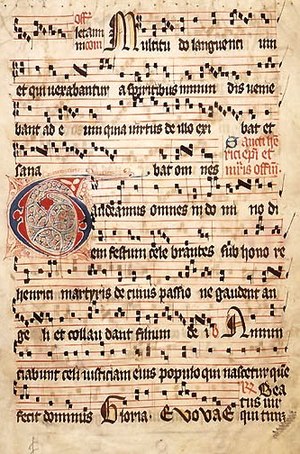

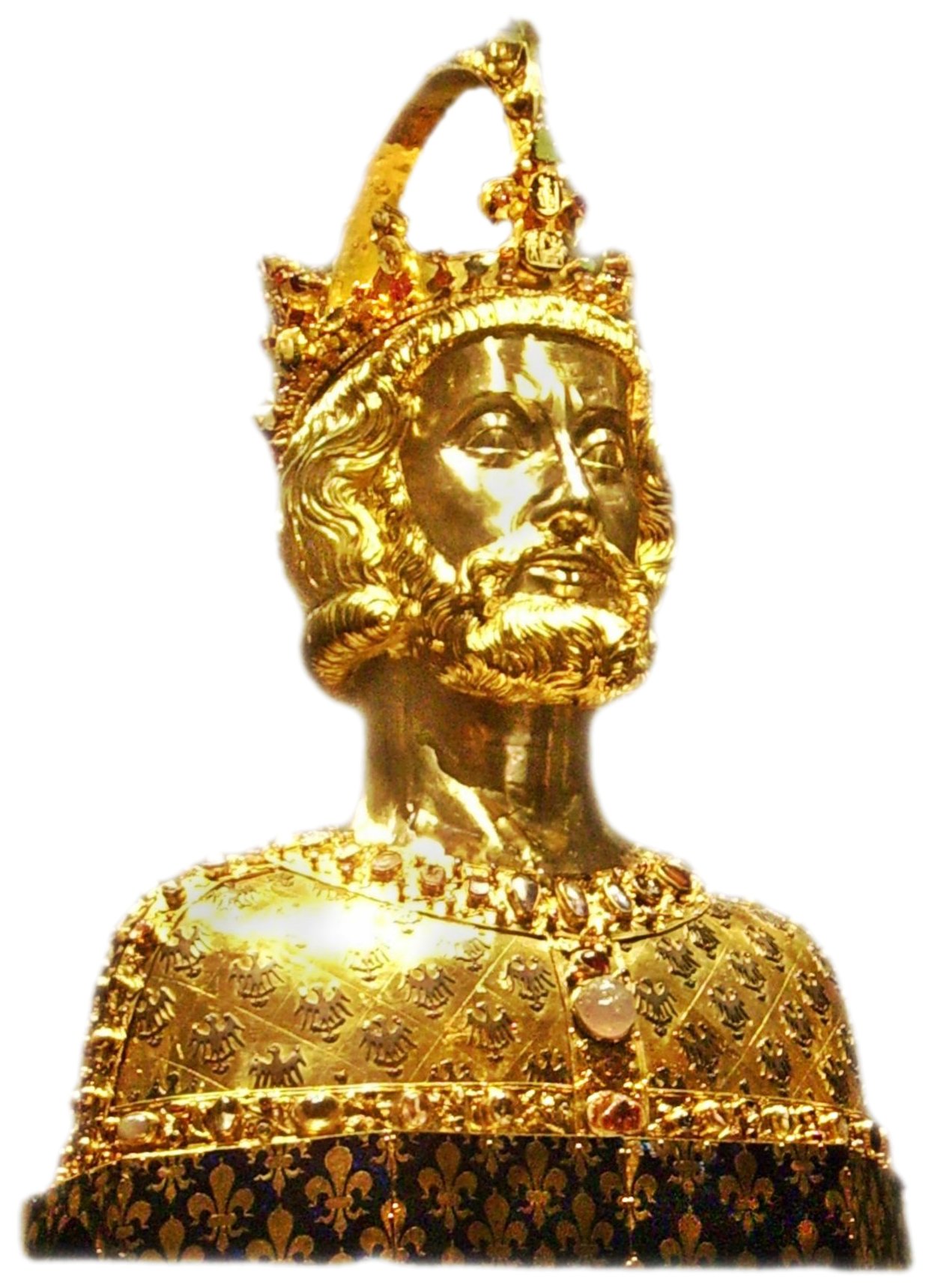



.jpg)


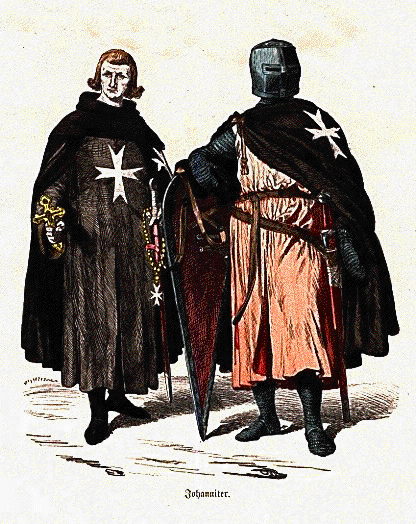

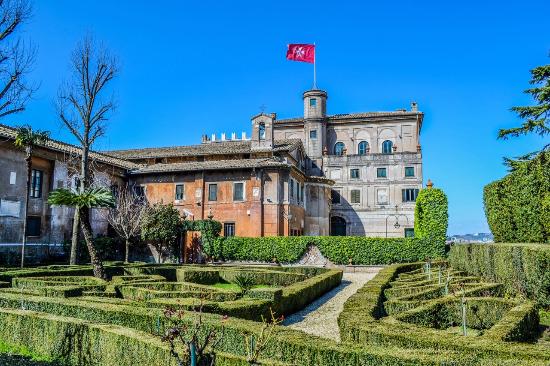


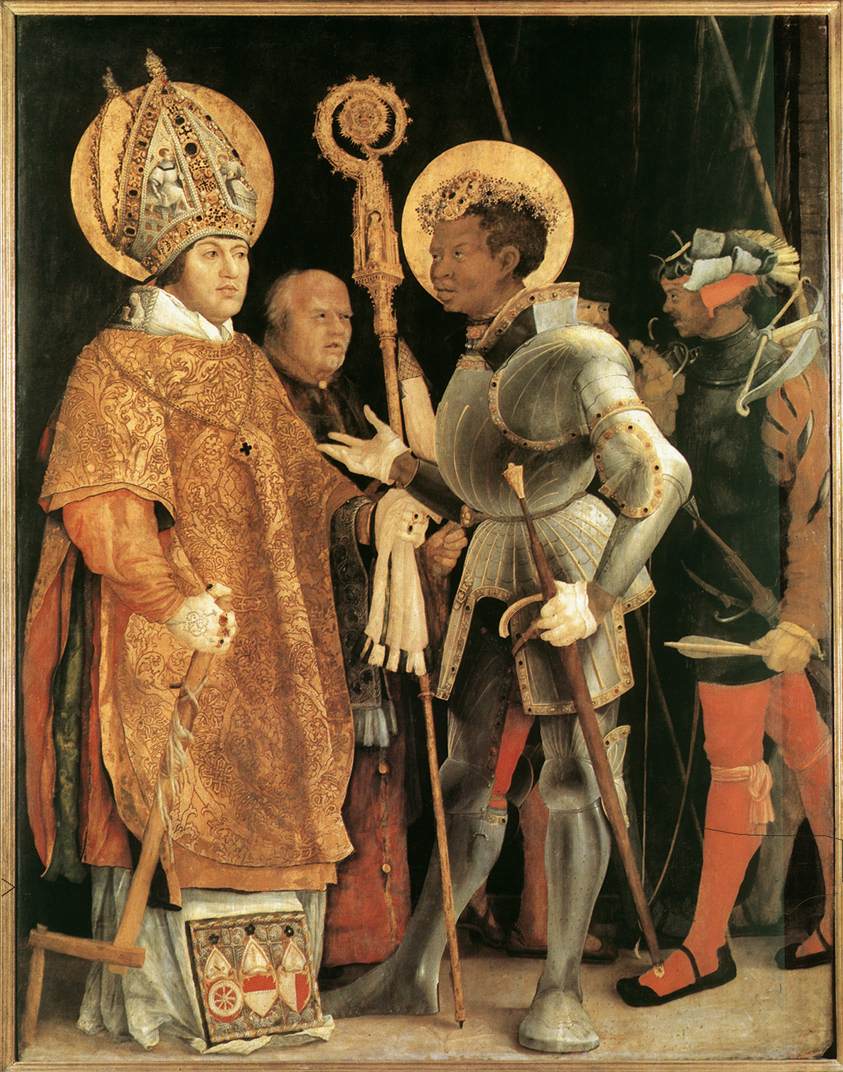
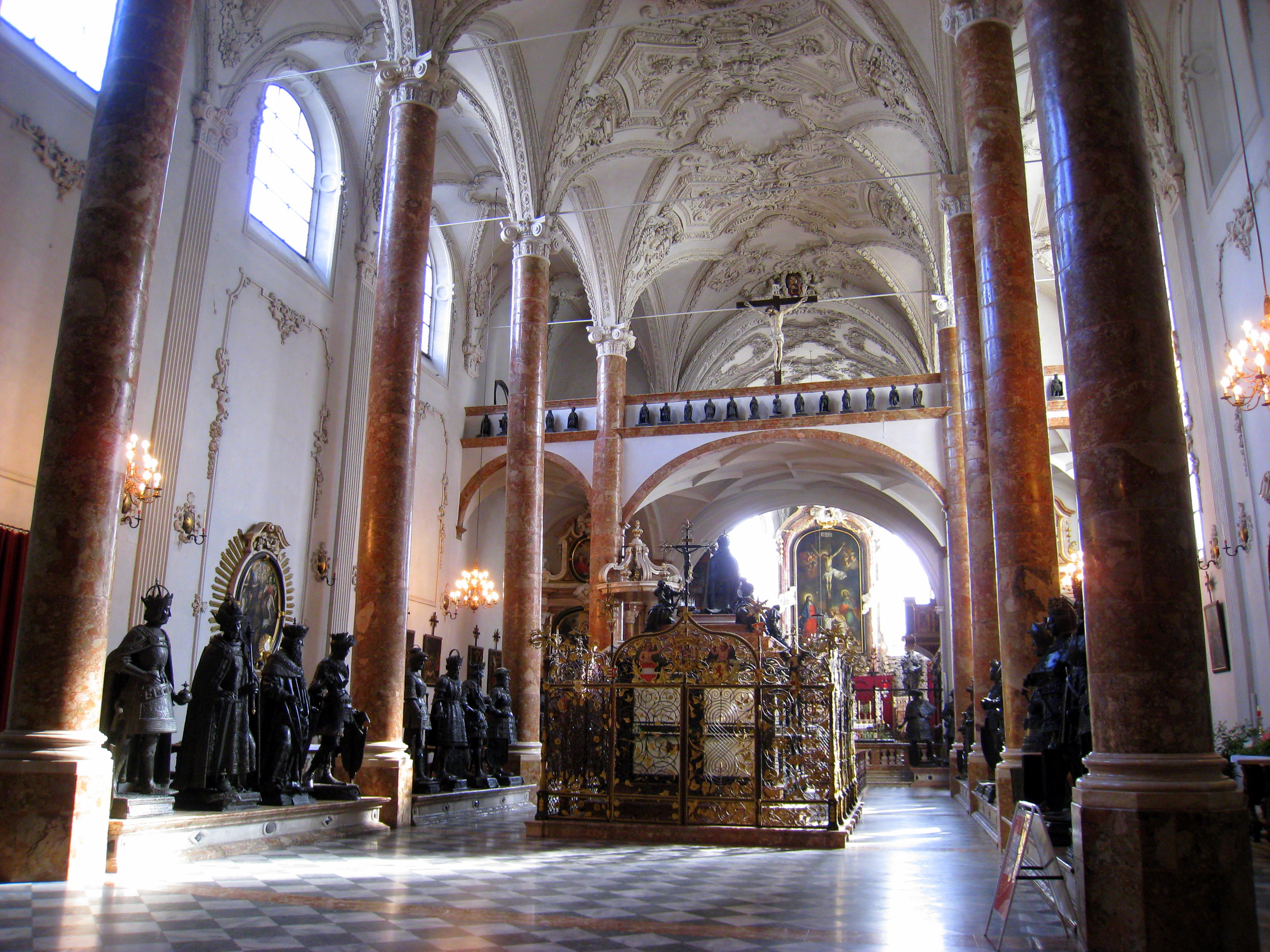


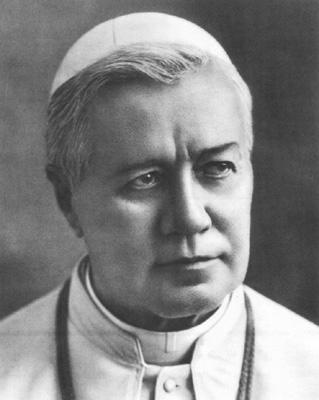














_-002.jpg/220px-Circle_of_Anton_Raphael_Mengs,_Henry_Benedict_Maria_Clement_Stuart,_Cardinal_York_(ca_1750)_-002.jpg)



10 comments:
Someone was on a local talk show and the subject of saints was somehow introduced; apparently, Saint Christopher Medals are among the ten most often bought catholic religious objects but (according to the panelist)he's no longer even a saint.
Thank you very much. I have been looking for an adjective to describe Thomas Cranmer for over a week. "Odious" will do nicely.
This is interesting, but I am sorry that you omitted the moving of the very ancient (6th c.) feast of SS Philip and James in favour of St Joseph the worker. If you are interested in these pre-Vatican II changes, you might like the articles on St Lawrence Press Blogspot and the articles about the pre-John XXIII changes at Traditionalmass.com. This is a sedevcaantist website; still, you might find the liturgical articles useful. For anyone really devoted to the Ol.old,Liturgy [NOT the "1962 Mass"] there is the re-printed St Andrew's Daily Missal,1945, a number of wall calendars with all the old feasts and Octaves and the Ordo (following the old rules) from the St lawrence Press.
Alan Robinson.
Happy Feast Day for tomorrow (NOT the III Sun.aft.Easter,) The Finding of the Holy Cross.
Dear Fred,
Agreed.
The idea that anyone can "unmake" a saint is a curious one anyway, especially one that has been venerated for so long.
One can without a shadow of a doubt pray to St Christopher.
His name means "he who carried Christ" and you can safely bet that a holy man at some time will have carried the Christ child.
Let us call him...er... I know... how about "Christoforos".
Likwise St Philomena which simply means "daughter of light" in Greek.
Are we to suppose that there was no "daughter of light" buried in the Catacombs as it says upon her tomb?
Undoubtedly one such person existed.
Much worse is what Pope Paul VI - that naive wrecker of traditions - did to the tomb of St Simon of Trent.
More on that in another post.
Dear Anon,
You're slightly splitting hairs but I have included the change anyway, since you mention it.
Trib.
St. Christopher is still a saint despite the rumors to the contrary. He may still be invoked, Mass may still be celebrated in his honor, etc. Keep in mind that there are thousands of Saints who are not included in the Roman Calendar (old or new) or in the Roman Martyrology (old or new) who are saints nonetheless (and I'm not referring to the millions of saints that have never been raised to the altars). Being included in a list is not a criteria for being a Saint.
Unfortunately the liberals and others of Bugnini's ilk correctly counted on the ignorance of Catholics in this matter and sold the lie which was bought hook, line, and sinker by a duped flock.
Rearranging the calendar has been done for centuries. Some saints are eliminated and others added. Rogation Days may still be observed - that they aren't is a different issue. The same for Ember days. No sequences were lost..all five of those retained by Pius V remain in the Novus Ordo.
I agree that the Sacred Liturgy has been butchered by the Bugnini-ites to its detriment. However, some of what you write just is not factual, and we must be factual or what we argue in our efforts to restore Christendom will be dismissed... and rightly so. Ignorance is ignorance.
And, despite his best efforts, Bugnini did not do away with the Mass of the Ages. He tried and others tried with him. But they failed. The Age of the Novus Ordo will be gone, perhaps not in our lifetimes, but it will be gone one day. The unfortunate thing is that it ever came to be in the first place.
And this from a priest who celebrates the NO (and is learning the Traditional Mass), which, despite it's banality and vapidity, is the Sacrifice of the Cross offered in an unbloody manner. It retains right matter and form which is all that is essentially needed along with the proper intention.
Dear Tribunus,
the photo of the red High Mass is clearly not Roman rite, but I assume Dominican. While this is of course not wrong, the implication of the caption relating to its ubiquity in Parishes is that this is the Rite trashed by Bugnini.
Oh please.
No wonder trads get a bad name and some get treated like mere compulsive-obsessives.
Bugnini's attack on the Roman rite was equally an attack on the Dominican rite and the disappearance of the latter was as much brought about by him as anyone else. He trashed it as much as anyone. It was his "reform" which directly led to trashing of other Western rites.
The point being made (and which you plainly missed) is that High Mass was the norm not Low Mass. That applies as much to the Dominican rite as the Roman. Hence I did not confine my illustration to the Roman rite. That was part of the point!
As for Fr Scott, he commits the very fault he sets out to find.
Nowhere in my post do I say that St Christopher is not a saint or that he is no longer regarded as a saint - whether by rumour or otherwise (and do please try to spell rumour correctly, Father).
I did not say he could not be invoked.
I did not say that Mass may not be celebrated in his honour (do please try to spell honour correctly).
If you want to allow yourself to degenerate into exactly the sort of preposterous nit-picking that puts more people off traditional Catholicism than probably anything else, at least get your nit-picking right, my dear Father.
Read what I wrote. Again.
And spare us the lectures about the Roman Calendar. You know perfectly well that St Christopher was removed from the Roman Calendar (although not the Martyrology) largely because Paul VI had doubts about him.
"Being included in a list is not a criteria for being a Saint".
Whoever said it was?
You raised this red herring. No-one else.
Re-arranging the Calendar is not the same as removing a highly popular saint from the Calendar because a weak pope finds it hard to credit him.
Neither is it "the same for Ember days".
Ember days are as good as non-existent in the Novus Ordo.
Stop pretending that it is otherwise.
The revision of the liturgical calendar in 1969 laid down the following rules for Ember Days and Rogation days:
"In order to adapt the rogation and ember days to various regions and the different needs of the people, the conferences of bishops should arrange the time and plan of their celebration".
See the 1973 ICEL translation of General Norms for the Liturgical Year and the Calendar, paras 46-47; for the Latin text see Normae universales de anno liturgico et de calendario.
And we know what the bishops did.
They simply ignored them. Virtually everywhere. And there is now no proper rubric for them in most liturgical books.
Face it, Father. They have effectively been ditched.
"No sequences were lost..all five of those retained by Pius V remain in the Novus Ordo".
Whoever said they were lost? Not I.
I said they became optional - which is a fact. But, in truth, the reality is that they have effectively been ditched, for the most part, from the Novus Ordo.
Sorry, Father, but some of what you write just is not factual, and will be dismissed...and rightly so. Ignorance is ignorance.
"And, despite his best efforts, Bugnini did not do away with the Mass of the Ages".
Once again, you simply fail to read what I wrote.
I did not say that he did away with the Mass of the Ages. I said that he did away with the Solemn High form of the Mass.
I challenge you. Go and check your Novus Ordo rubrics and find me the official chapter and verse which provides the rubrics for a Solemn High Mass, that form which was always the normative form of the Mass.
Can't find it?
No. Just as I said, isn't it?
The one sensible thing you wrote was this:
"The Age of the Novus Ordo will be gone, perhaps not in our lifetimes, but it will be gone one day. The unfortunate thing is that it ever came to be in the first place".
Hear, hear. I agree with that.
But then you go blah, again.
The new Mass "retains right matter and form which is all that is essentially needed along with the proper intention".
That is scandalously erroneous.
That is certainly not "all that matters".
It is what is needed to confect the Sacrament but to say that is "all that is needed" is shockingly impious.
The rites of some outright heretics are capable of confecting the Sacrament but none but a raver would suggest that their rites can and should be attended by Catholics.
On the contrary, they are a blasphemy.
Yet the Sacrament is truly confected at such rites. So that is plainly not "all that matters".
The very fact that the Sacrament is confected means that it must be surrounded with honour, reverence, adoration and sacred words of the very highest and best kind. And that means the words which God Himself has hallowed by time and tradition.
All the more reason, then, to eschew the tawdry, frivolous twaddle that passes for liturgy in so many modern Catholic parishes that use the new Mass.
For goodness sake, gentlemen, have a care what you write!
I've been looking over your older posts -- good stuff!
Although this is an older post, I do not forbear to question your statement about the origin of the feast of St. Joseph the Worker. Didn't Pope Pius XII introduce this feast in order to short-circuit the Communist May Day?
Anita,
Yes, in part. But it didn't achieve its aim of "short-circuiting" May Day.
It merely short-circuited the ancient feasts of St Philip and St James!
Post a Comment